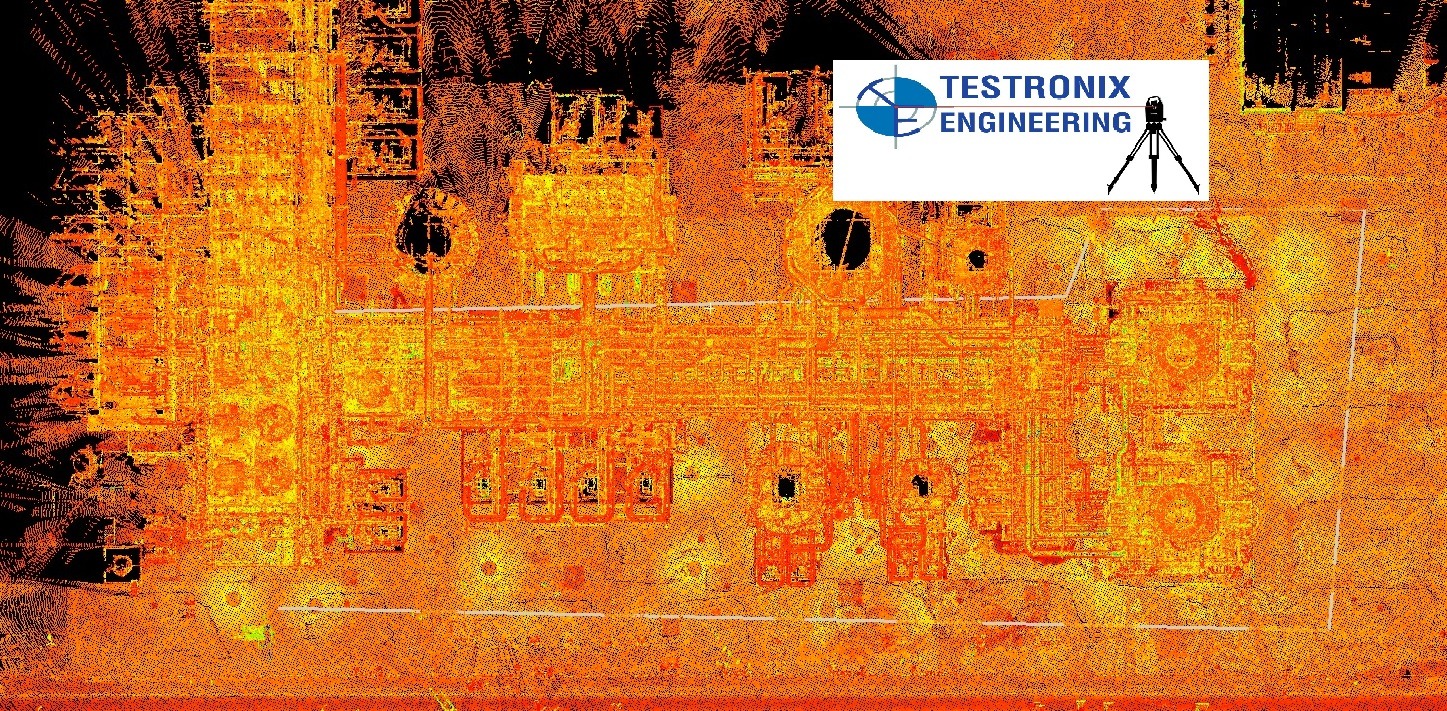Ways to Improve Clarity in Dense Point Clouds and Strategies for Making Data Clearer and More Usable
Introduction
Dense point clouds are indispensable in industries such as architecture, construction, oil & gas, and manufacturing. They provide precise spatial data that forms the basis for tasks like 3D modeling, BIM workflows, and digital twin creation. However, working with raw point cloud data can be challenging due to noise, redundancy, and difficulty in extracting meaningful insights. This blog explores the methods to improve clarity in dense point clouds and strategies to ensure the data is more usable, ultimately enabling effective decision-making.
Understanding Dense Point Clouds
Point clouds are sets of data points representing a 3D environment. They are typically generated using technologies such as:
- LiDAR scanners: Capturing spatial data with laser technology.
- Photogrammetry: Using multiple images to compute point clouds.
- Structured-light 3D scanners: Mapping the geometry of objects.
- LiDAR scanners: Capturing spatial data with laser technology.
- Photogrammetry: Using multiple images to compute point clouds.
- Structured-light 3D scanners: Mapping the geometry of objects.
Challenges in Dense Point Clouds
- Noise and Redundancy: Scanning errors or environmental interferences can introduce irrelevant data points.
- File Size: Dense clouds consume significant storage and processing resources.
- Complexity: Extracting meaningful information requires expertise and proper tools.
- Data Misalignment: Multiple scans may not align perfectly, leading to inaccuracies in downstream applications.
Strategies to Improve Clarity
- Noise Reduction
Noise, such as scattered points outside the intended scan area, can obscure key features. To address this:
- Apply filtering algorithms to remove outliers and irrelevant data.
- Use statistical noise filters, like mean and standard deviation techniques, to retain the most significant points.
- Regularly calibrate scanners to reduce systematic noise during data acquisition.
- Data Simplification Through Decimation
Reducing the density of point clouds while maintaining critical geometry simplifies processing. Strategies include:
- Using adaptive sampling to retain essential details in complex areas while simplifying less critical regions.
- Decimating data based on curvature or importance to balance clarity and file size.
- Colorization and Visual Enhancement
Colorized point clouds improve interpretability:
- Assign colors based on height, intensity, or material type to provide contextual insights.
- Overlay photographic textures or RGB data from scans for better visualization
- Alignment and Registration
Misaligned scans can lead to unclear or distorted datasets. Aligning scans properly is critical:
- Use cloud-to-cloud registration algorithms, such as Iterative Closest Point (ICP), to align overlapping datasets.
- Incorporate ground control points (GCPs) to ensure real-world accuracy in large-scale projects.
Improving Usability of Dense Point Clouds
- Metadata Integration
Embedding metadata into point clouds ensures they carry essential information:
- Add attributes such as material types, measurements, or timestamps.
- Use standardized formats like LAS or E57 for compatibility across software.
- Data Compression Without Quality Loss
Compressing point clouds reduces file sizes while retaining clarity:
- Use specialized compression algorithms like LASzip.
- Archive uncompressed datasets for detailed analysis when required.
- Converting Point Clouds to Meshes
Converting point clouds into 3D meshes makes them easier to interpret and integrate into design tools.
- Generate meshes using triangulation or surface reconstruction methods.
- Apply smoothing techniques to refine mesh quality while preserving accuracy.
- Quality Assurance
Establish robust QA protocols to ensure point cloud accuracy and reliability:
- Cross-verify data with original scans.
- Use specialized QA tools to detect inconsistencies or gaps in data.
Testronix Engineering’s Approach to Clarity in Point Clouds
At Testronix Engineering, we specialize in transforming raw point clouds into actionable insights. Here's how we help our clients:
- Noise-Free Scans: We deploy advanced filters to clean noisy datasets, ensuring only relevant data remains.
- High-Precision Alignment: Using state-of-the-art registration techniques, we align multi-scan datasets for seamless integration.
- Usable Outputs: We deliver customized outputs tailored to client needs, from as-built models to 2D layouts and BIM-ready 3D models.
- Visualization Enhancements: We use intuitive colorization and annotation techniques for improved interpretability.
- Data Optimization: Our compression and decimation strategies ensure point clouds are lightweight yet information-rich.
Through our tailored solutions, we help clients in industries like construction, oil & gas, and marine to overcome their toughest challenges, making complex datasets clearer, more actionable, and ready for integration into modern workflows.
Conclusion
Dense point clouds are a cornerstone of modern spatial data analysis, but they require expert handling to unlock their full potential. By employing strategies such as noise reduction, segmentation, and digital twin creation, we can transform these data-rich environments into clear, usable assets. At Testronix Engineering, we empower clients to harness the power of their point cloud data with cutting-edge technology and industry-leading expertise.
Looking to make sense of your dense data? Connect with us today to turn complexity into clarity!
